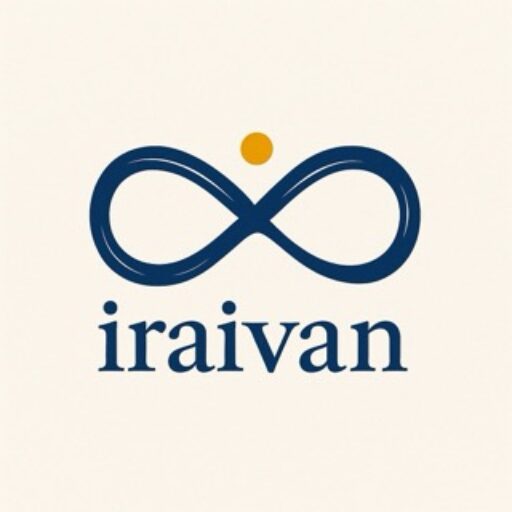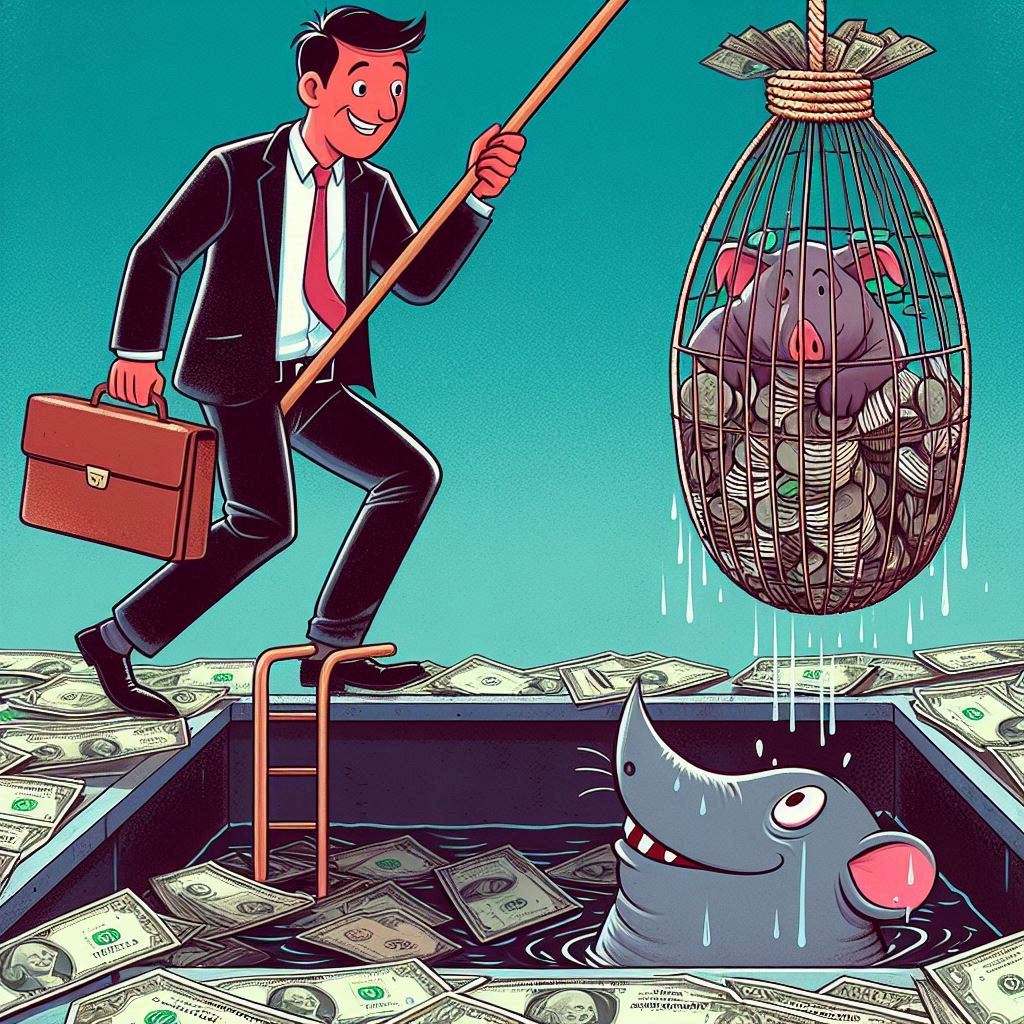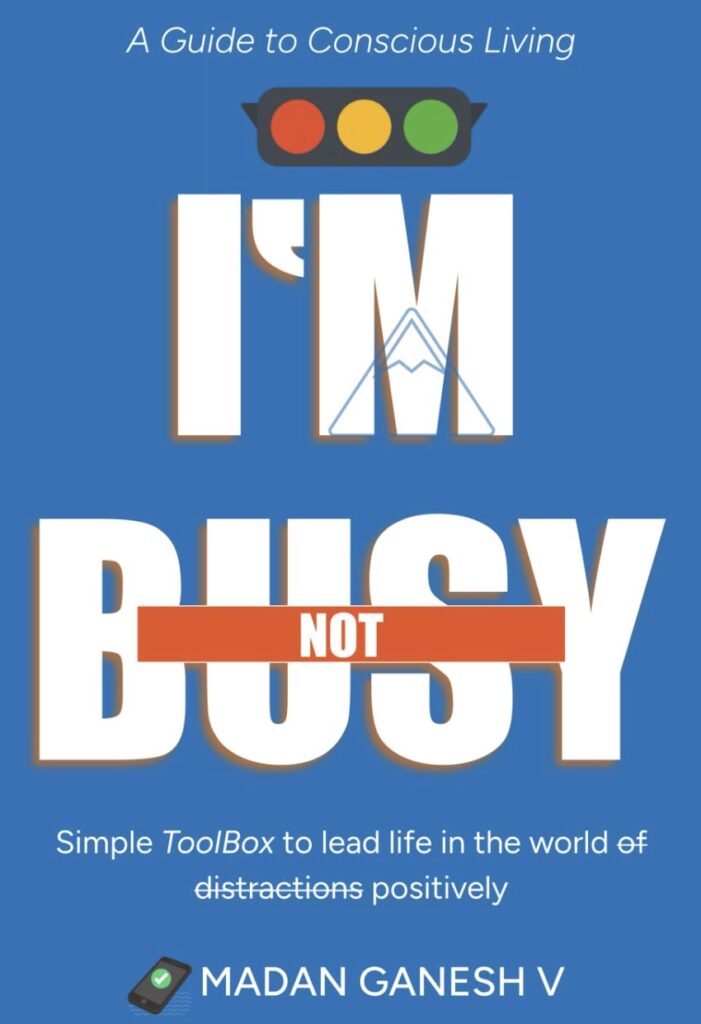Equated Monthly Instalment. This house has EMI. The opposite house has EMI. The top flat has EMI. The ground-floor house has EMI. Do you not have an EMI?
Luckily, I did not need a loan to study. I worked in the evenings to support some of my semester fees. My parents struggled immensely to get me an engineering seat at PSG Tech. For a three-year engineering degree, including hostel fees and food, it cost around ₹35,000 between 1998 and 2001. Compare that to the present: between 2010 and 2024, we’ve spent over ₹45 lakh for both my kids’ education from LKG to 10th standard. The cost of education has skyrocketed! Is the inflation rate truly around 7%?
My EMI Journey
Over my 23-year IT career, I’ve had a fair share of EMI experiences. Here’s a snapshot of my financial milestones:
- General Purpose Loan: ₹2.5L (2001)
- Personal Loan: ₹2L (2006)
- Home Loan: ₹7L (2004–2010)
- Car Loan: ₹3L (2006–2009)
- Home Loan: ₹34L (2009–2020)
- Home Loan: ₹50L (2012–2021)
Each EMI reflected a need, a goal, or, at times, an ambition. What about you? Do you have a list of EMIs you’ve paid? Were those loans essential to your needs, or did they stem from aspirations influenced by societal pressures?
The System Behind EMIs
In many ways, all of us are working to make the rich even richer. Consider this cycle:
- Ultra-rich individuals invest their money in banks.
- Banks offer attractive interest rates and use the funds to provide loans.
- Companies borrow from banks and create products or services.
- Lucrative advertisements compel the middle class to spend beyond their means, driven by emotions like jealousy or a need to keep up.
- People buy more than they truly need, fueling unnecessary debt.
Reflecting on my financial journey, there were times when I spent unnecessarily. I now regret those decisions. However, I am deeply grateful to the divine for leading me to a guru who taught me to channel my energy productively.
SIP: Another Perspective
SIP, or Systematic Investment Plan, has become another buzzword. While it encourages disciplined saving, I have a different perspective on how it impacts pricing and demand.
Let me explain with an analogy:
Imagine you decide to buy two oranges a month for ₹100. Suddenly, advertisements promote orange-buying as trendy. As demand rises, the price jumps to ₹150, then ₹175, and even ₹200. Eventually, some significant market event occurs, and the price drops back to ₹120.
What just happened? Your disciplined buying indirectly contributed to driving up the price.
Personally, I prefer a simpler approach. If I’m interested in investing, I’d rather buy 1,000 oranges at ₹100 and hold onto them. It’s a calculated risk, but one based on understanding fundamentals rather than following trends blindly.
Final Thoughts
Financial systems and societal pressures often push us toward spending unnecessarily. Whether it’s EMIs or SIPs, we must ask ourselves:
- Are we borrowing or investing for true needs and goals?
- Are we falling into traps set by clever marketing?
Discipline, patience, and a clear understanding of our priorities can help us break free from these cycles. It’s never too late to rethink our financial choices and focus on what truly matters.







